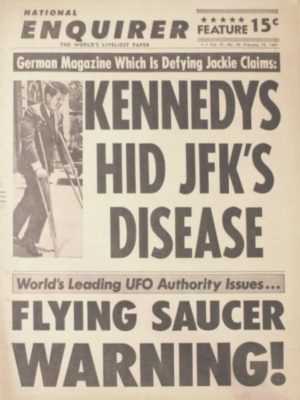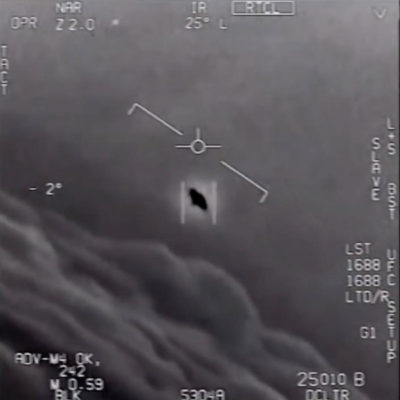Music of the late 1960s seemed to incorporate distinctly otherworldly tones from Hollywood Science fiction sound tracks with the cosmic introduction of LSD and the synthesizer. Gender and racial politics were intertwined with the sounds and personas of performers who identified as alien. Some of my favorite performers had special connections to the cosmos. David Bowie, for example, who released his Space Oddity in 1969, slipped in and out of alien skins throughout his career, and coincidentally, while visiting my studio in 2000, told me of his admiration for Talpazan.
In the 1970s the connection between funk and space slowly came into cultural focus for me as I heard that musicians George Clinton and Bootsy Collins of Parliament-
Funkadelic talked of being from another planet. I eventually made the connection between that group of artists and their predecessor, free jazz composer Sun Ra. A prolific performer and recording artist, Sun Ra claimed to have been teleported
as a light-form entity to Saturn. While on the planet, aliens instructed him to speak to the world through his music. His musical and theatrical persona carry a powerful message in the 1974 film Space Is The Place which conflates the politics of race in America, space, music and the African diaspora with a particular affinity to the cultural advances of Egypt which would later be known as Afrofuturism.
Whitley Strieber, published Communion in 1986 which became a best seller with more that 2 million copies in circulation. Streiber claims the work, a hazy schizoid Catholic- infused retelling of encounters with aliens, to be nonfiction. The American public resonated with the notions of lost time and flashbacks which had recently been introduced by pop psychology of the day. Staring out of the cover of Communion is a depiction of a haunting creature that menaces Strieber throughout its pages. It is a painting by Ted Seth Jacobs, made under close instruction by Strieber, and is now considered to be the classic “gray” alien. Strieber was able to remember his alien encounters through hypnosis sessions conducted in SoHo, at the time an artists enclave in New York City. Communion‘s cultural effect expanded greatly with the release of the Hollywood movie starring Christopher Walken as Strieber.



























